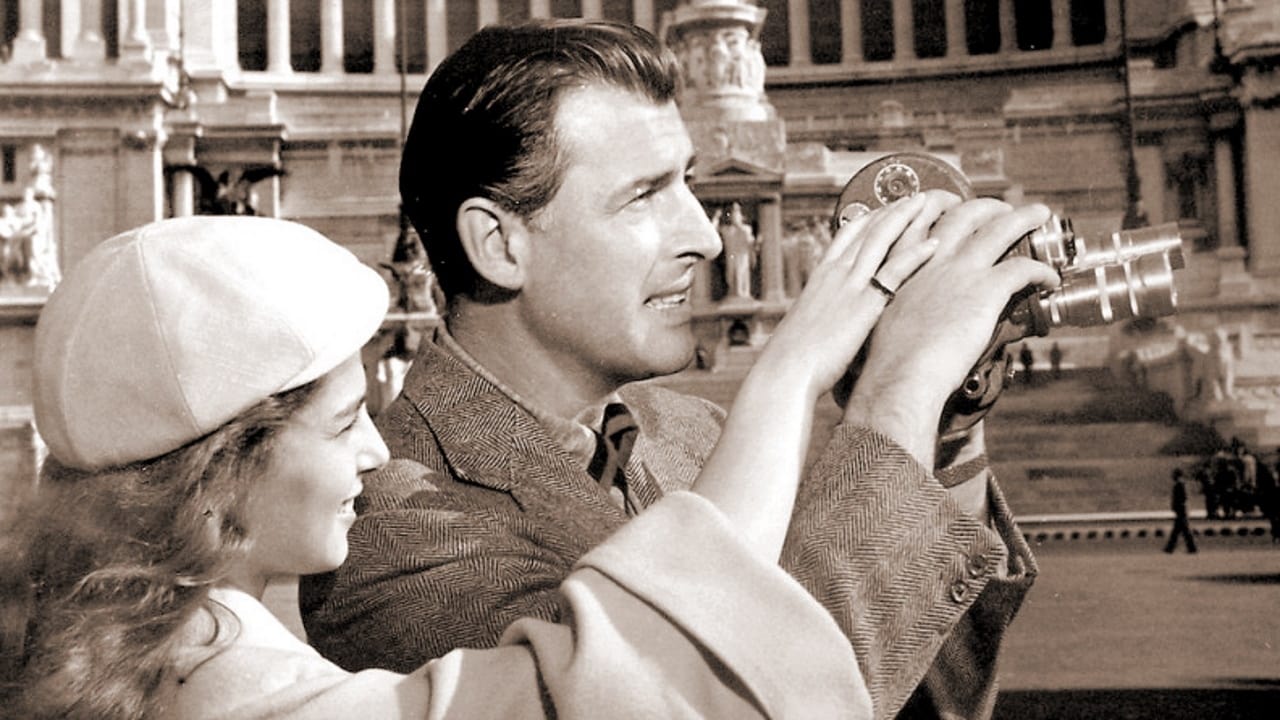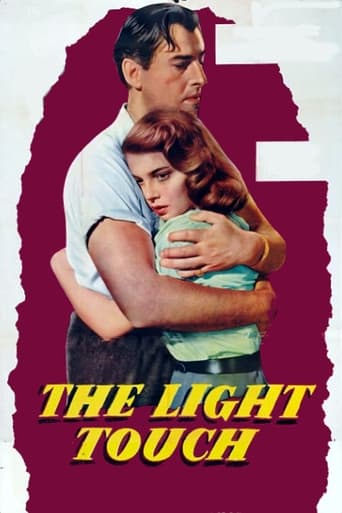Tedfoldol
everything you have heard about this movie is true.
Brendon Jones
It’s fine. It's literally the definition of a fine movie. You’ve seen it before, you know every beat and outcome before the characters even do. Only question is how much escapism you’re looking for.
Bea Swanson
This film is so real. It treats its characters with so much care and sensitivity.
Lucia Ayala
It's simply great fun, a winsome film and an occasionally over-the-top luxury fantasy that never flags.
JohnHowardReid
Producer: Pandro S. Berman. Copyright 26 October 1951 by Loew's Inc. A Metro-Goldwyn-Mayer picture. New York opening at the Capitol: 16 January 1952. U.S. release: 7 December 1951. U.K. release: 12 January 1952. Australian release: 3 March 1952. 9,613 feet. 107 minutes. Cut to 93 minutes in the U.S.A. and Australia.SYNOPSIS: Two unscrupulous international art dealers and an unsuspecting young artist are involved in the theft of a religious painting. Setting: Italy, Sicily, and Tunis. — Copyright summary.COMMENT: An art theft drama is nothing new, but this one commences promisingly. Unfortunately, it quickly but firmly deteriorates into a routine rival gangsters fall-out with each other scenario, and that time-worn scenario then leads to a climax of sheer bathos.It's a shame to find competent players like George Sanders, Mike Mazurki and sleepy-eyed Norman Lloyd, involved in this tedious, slow-paced movie. True, all three deliver wonderfully skilled impersonations of villainy, but all their good work is mostly upset by the slow-paced direction of Richard Brooks, plus the presence of both Stewart Granger and Pier Angeli. For some reason – maybe Granger simply couldn't get along with Dick Brooks. Anyway, this so-called Light Touch was only Brooks' second movie and no doubt he was still finding his way, although he had handled both his writing and directing chores with admirable distinction in Crisis. Or maybe Brooks and producer, Pan Berman, just didn't get along. But whatever the cause of the problem, Granger just walks through his role for the money. And as for the lovely Pier Angeli, acting-wise she is a total disaster.OTHER VIEWS: The leading players adhere to conflicting styles: Pier Angeli gives a natural and charming performance which emphasizes the story's more serious side; Sanders is artificial, mannered and occasionally amusing; Granger brings little humor to his part and makes Conride all too convincingly unsympathetic. - Penelope Houston.
bkoganbing
In his second directed film, Richard Brooks filmed his own screenplay and you kind of get the feeling he would like to have had Cary Grant as his lead as he did in his first film, Crisis. I'm betting this film had to have been offered to Grant.Failing to get Grant, MGM had its leads under contract in Stewart Granger and Pier Angeli. They did a reasonably good job in a caper film where the thief turns out to have a conscience.Granger contracts to steal a valuable religious painting from a church in Palermo and makes good his escape to Tunis. Where instead of delivering it to fence George Sanders, he uses the old Granger charm to make copies and see if he can collect a few times on this robbery. Since nobody knows quite what Granger's game is, they have to wait and see including the police inspector Joseph Calleia.The charm is used on young artist Pier Angeli and he even marries the girl. But she in the end has more effect on him than he on her.MGM brought Richard Brooks and the whole cast over to Sicily and to Tunis with interiors filmed in their Cinecitta studios in Rome. So after going through that expense, why didn't they opt for color, given some of the beautiful locations they were filming at? For Calleia and Angeli, this was a return home. For the rest of the cast it was a nice Mediterranean working vacation even though Brooks and Granger did not get along. I really do think Brooks must have seen this film for Cary Grant. It's not a bad film, it does drag in spots and color would have been of immense help. Still Granger is every bit as charming as Cary Grant.No matter what Richard Brooks thought.
John Seal
Richard Brooks wrote and directed this early example of the caper film. Stewart Granger plays a canny art thief who, with the help of an innocent Pier Angeli, tries to pawn off a reproduction to his client, Kurt Kaszner. The story is admittedly thin but there's some great repartee, especially amongst the troika of bad guys played by George Sanders, Norman Lloyd, and Mike Mazurki. And really, how can you go wrong with a threesome that sinister? Robert Surtees' cinematography is excellent and takes reasonable advantage of location work in Italy, Sicily, and Tunisia. All in all, its better than you might think (and certainly better than the other two reviews for the film indicate).
helpless_dancer
Excruciatingly boring tale of a thief who steals a famous painting for another man and then double crosses him. Along the way a young woman is brought into the deal to create a forgery of the painting and she winds up falling for one of the crooks. This crushing bore went on interminably as the 2 groups went about trying to outwit each other and come into possession of the valuable piece of art. Worse than "Canvas", another stupid 'art theft' movie.

